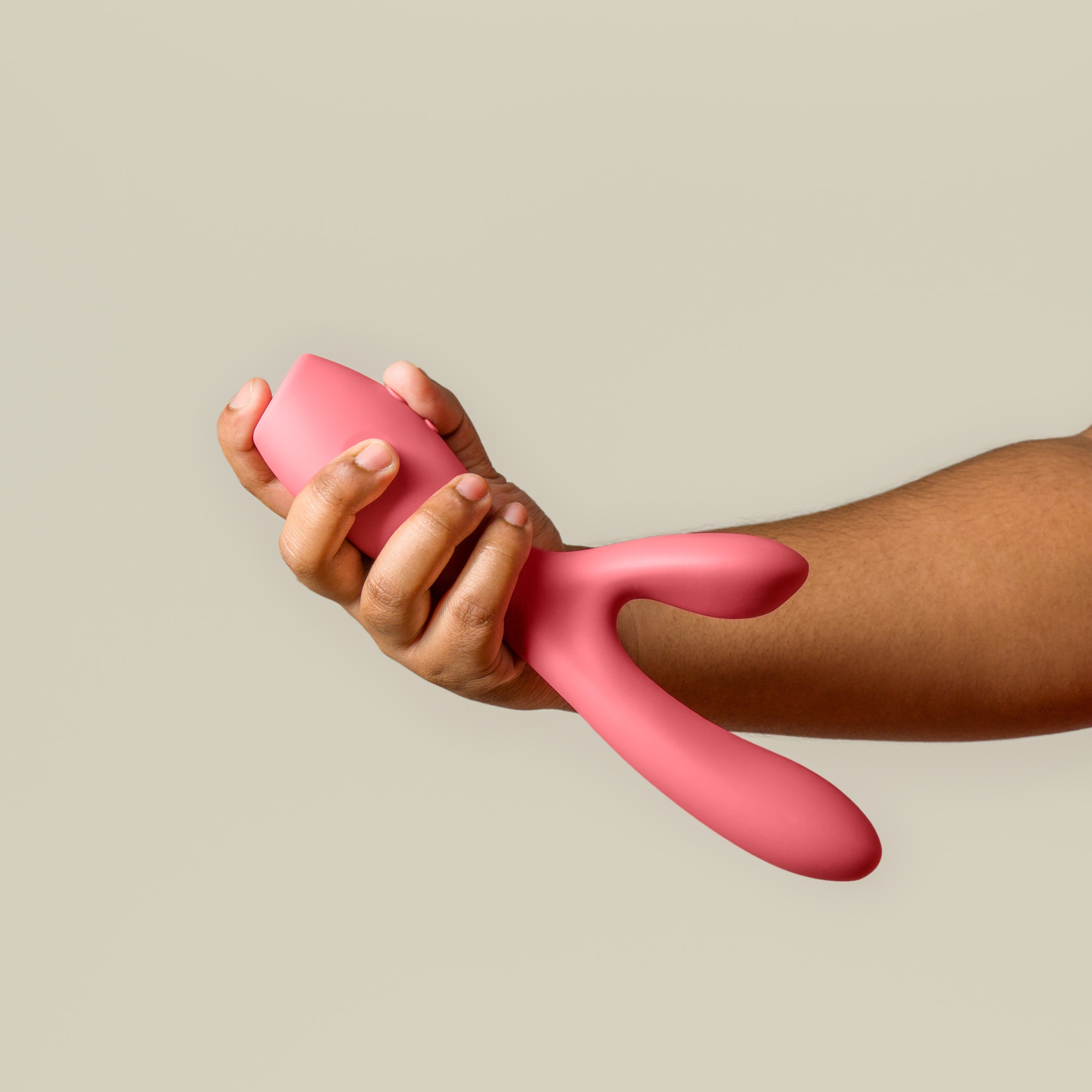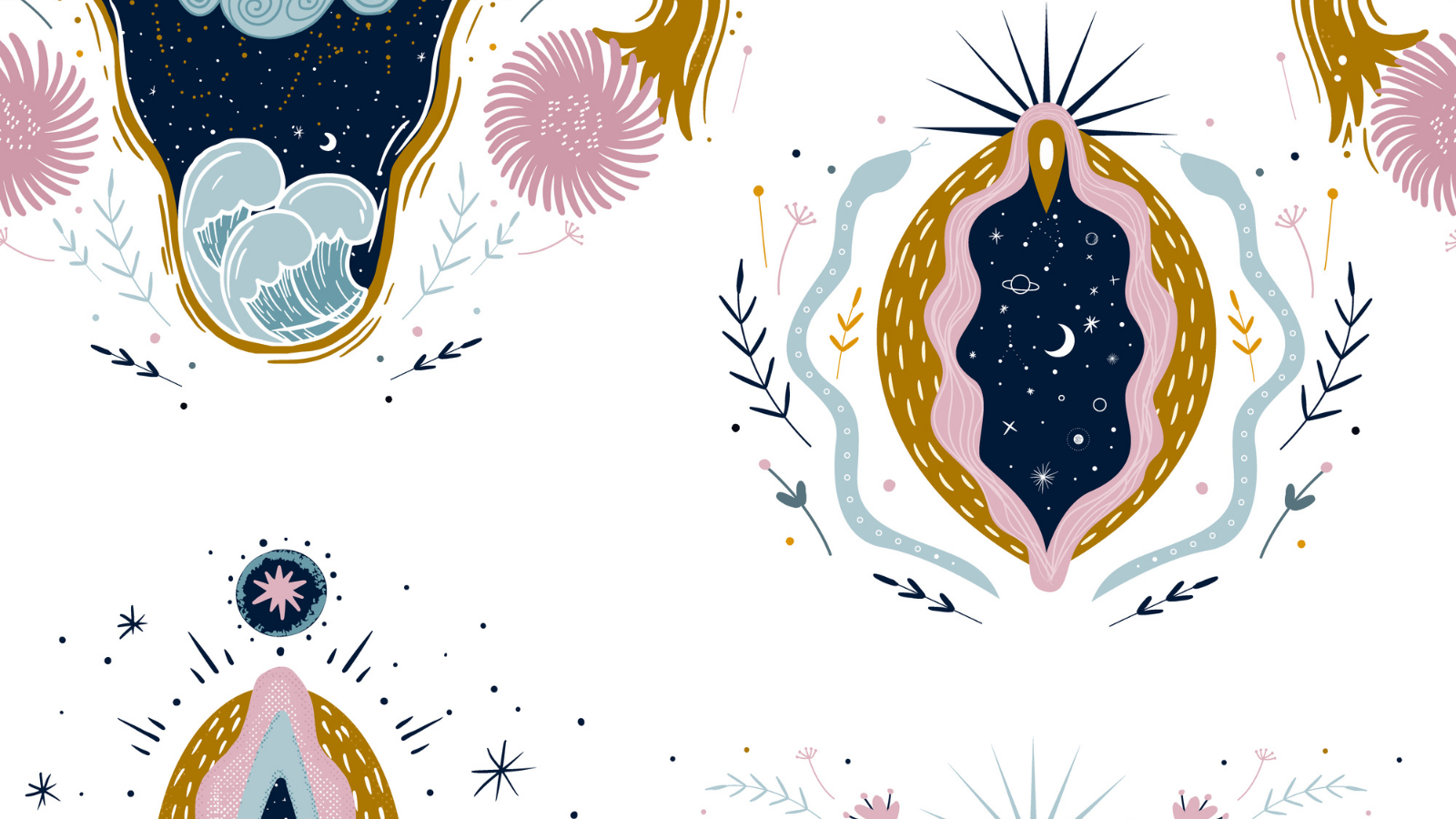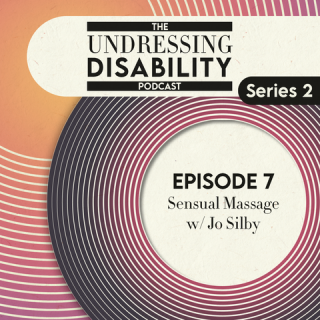
The support around spinal cord injuries (SCI) and sex isn’t great, and often isn’t even provided. Sex and intimacy are a huge part of a person’s life and will be impacted by this type of injury.
We spoke with Ian Hosking about his injury in the hopes that hearing advice from someone else in a similar situation may provide you with some support.
Meet Ian
Ian is a 52 year old man who currently lives in Wendover, Buckinghamshire with his wife, son, step-son & step-daughter .
At 34 years old, Ian and his then wife were in a car accident, leaving them both with spinal cord injuries, and Ian became tetraplegic paralysed from the chest down. Changing his life for ever.
Of course, this wasn’t easy for Ian to adjust to initially, however it didn’t stop Ian enjoying the activities he enjoyed. Amongst other things, Ian has a love for Wheelchair rugby, he played for 16 years and is now the chairman & player with Stoke Mandeville Maulers wheelchair rugby team.
Another of Ian’s passions is helping others with a SCI to regain confidence and navigate a new and unexpected journey. He has done a lot of work with the Spinal Injury Associations which includes delivering talks to organisations and groups.
Eighteen years on Ian has created a new life for himself and offers some great advice that could be useful to hear.
 Online dating
Online dating
Adjusting to an injury of this extend is difficult, and every situation is different. It caused a huge strain on Ian’s first marriage, resulting in separation for the pair. After this, Ian tried online dating where he met his current wife 10 years ago. We wanted to get Ian’s opinion on when and how to tell your matches about a SCI.
Firstly, don’t feel pressure to advertise being a wheelchair user in your bio but also don’t hide it. After all your injury isn’t who you are, just a part of it. With a SCI, it isn’t always easy for someone to notice, especially if the pictures you are using are of you sitting down or from a certain angle.
However, as Ian suggests, it’s probably not a good idea for you not to hide it either. Ian would often talk about playing wheelchair rugby, which is a pretty good indicator. If someone stops speaking to you after this, then they likely weren’t the right person you would want in your life anyway!
We have a Love Lounge question answer more about disclosing disability when online dating that you might find useful.
Taking time to adjust
After the car accident, all Ian remembers is waking up in the hospital with his hands not working fully and with out being able to feel three quarters of his body. Now he has learned to use the function in his hands as best he can and is paralysed from the chest down.
One of the things Ian had to adjust to were leg spasms. With a SCI, the muscles are no longer responding to brain signals. Therefore, involuntary spasms can occur. This can be frustrating, you can take medication to reduce it but there is no way to stop them happening. Ian decided not the take ant medication and to just cope with the spasms.
Another adjustment is the loss of control over bladder and bowels. Accidents can occur, which obviously is not a pleasant experience. Ian says he was lucky as before his incident he didn’t have any issues with his bladder and bowels, therefore making it slightly easier to pre-plan his bathroom visits. However, this is not the case for everybody and will take a varying amount of time to adjust to these changes.
Ian’s advice
The number 1 thing is to be patient with yourself. You are relearning your body, and this takes time. You may find you now have different values and purpose. There is no ‘right way’ to adjust, so take time and learn what works for you. In time you will have new ‘normal’ routine, which many people establish through rehabilitation and support from family and friends. Which takes us on to having patience with your loved ones, communication is key.
Yes it is your body, but it will also impact the lives of those you are close with. Having an understanding to how others may react will go a long way. The people in your life will want to help, and any conflict or frustration can most likely be solved through an open and honest conversation.
Another piece of advice would be to stop trying to avoid problems and try solving them instead. What could a potential solution to your issue be? And if that doesn’t work then maybe something else will.
Intimacy 
Ian says the need for communication and honest conversations after a SCI made sex more intimate. The first step should always be honesty with your partner. This will also help relieve any nerves – which are completely normal for someone to experience around intimacy after an injury.
Planning your sex can be beneficial so you can make sure you have been to the bathroom beforehand and prepared yourself mentally if necessary.
One thing to consider and talk about with your partner is positions. This will depend on the level of injury as everyone will have different capabilities.
There are various medications that can taken which allows a male to become hard. Each with different strengths and side effects. For example, some medications will remain in the body for longer, which as Ian pointed out, is not ideal when it’s the next day and you’re trying to get about your daily life. It might take some trial and error to find what works for you.
Focusing on the positives
It goes without saying that adjusting to a SCI will be challenging, but Ian was determined to not let this change him from a happy and positive person.
He even laughed about how it can actually have many benefits. Like him and his wife getting priority seats to a past Lenny Kravitz concert resulting in being in the right place when Lenny did a walk around. Lenny then stopping and giving Ian a hug and kissing him on the head!
Ian also gives advice about the positives it can bring to a relationship, specifically being less selfish in the bedroom department. I’m sure many women (and men) can relate to sex sometimes feeling a bit…underwhelming. However, Ian says that his SCI made him more aware of what his partner wanted and liked. Pleasing them became more of a priority as the focus was taken off pleasuring himself.
Resources
If you have any questions about Spinal Cord Injuries and intimacy, write in to our Love Lounge where we will offer some practical advice to your problem
We also had Dr Mitchell Tepper on our Undressing Disability Podcast, who is a sex educator and coach who specialises in Spinal Cord Injuries.



 The Smile Makers. The artist vibrator
The Smile Makers. The artist vibrator Ann Summers. The Whisper Clitoral stimulator
Ann Summers. The Whisper Clitoral stimulator Mystery Vibe. Poco vibrator
Mystery Vibe. Poco vibrator Dame products. The Com
Dame products. The Com Sinful 2 in 1 Bliss
Sinful 2 in 1 Bliss

 My final lesson brings us back to my Extreme Burlesque. During my striptease I am allowed off the stage to roam around the audience.
My final lesson brings us back to my Extreme Burlesque. During my striptease I am allowed off the stage to roam around the audience.








